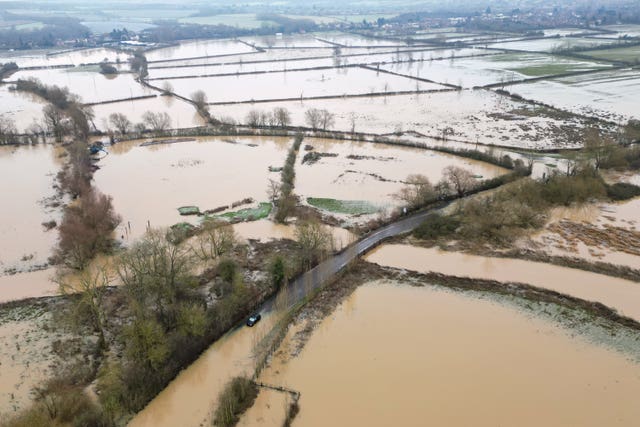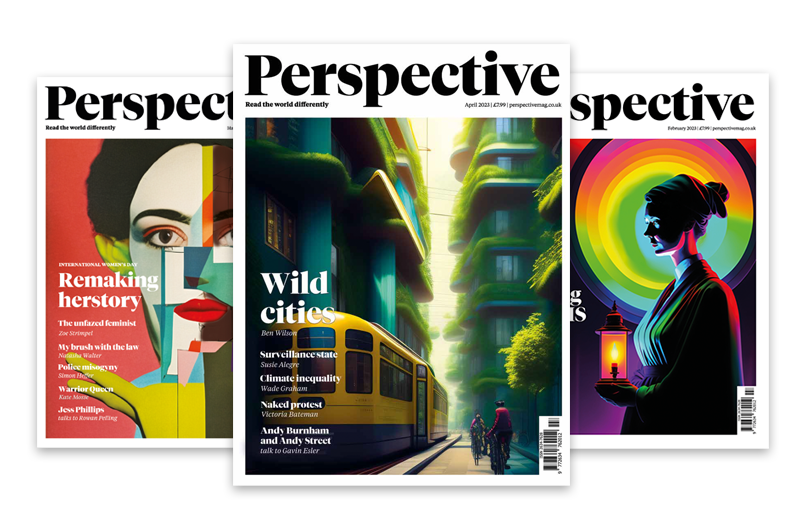New long-term predictions also find – for the first time – a chance of hitting 2C of warming before 2030, though it is ‘exceptionally unlikely’.
Global temperatures are likely to be more than 1.5C above pre-industrial levels over the next five years, scientists have warned.
After 2024’s record temperatures broke – temporarily at least – the 1.5C threshold to which countries have agreed to limit global warming to avoid its most dangerous impacts, new climate predictions have found an 86% chance another year in the next five will do the same.
And the analysis from the World Meteorological Organisation (WMO) and the UK’s Met Office finds a 70% chance that the five-year global temperature average will be more than 1.5C above pre-industrial levels.
There is an 80% chance that at least one year between 2025 and 2029 will set a new record for global temperatures, the analysis shows.
And for the first time, climate models have shown there is a possibility that the world’s global average temperature could exceed 2C above pre-industrial levels before 2030, although the scientists behind the analysis said it was “exceptionally unlikely”, with around only a 1% chance it could happen.

The scientists also warn that northern Europe could see some very wet winters over the next five years, which is one of the key climate hazards for the region, bringing with it the risk of flooding.
In the global Paris climate treaty, countries committed to action to curb global warming well below 2C above pre-industrial levels and to pursue efforts to curb rises to 1.5C in a bid to avoid the worst impacts of rising sea levels, drought, floods, heatwaves and extreme storms brought on by climate change.
The world’s average temperature exceeded 1.5C above the 1850-1900 average for the first time in 2024 as an El Nino climate phenomenon in the tropical Pacific pushed up temperatures on top of human-caused global warming.
The likelihood of the next five years being above 1.5C does not mean the threshold has been permanently breached, as the figures for long-term warming are averaged over 20 years.
But the scientists suggested warming was now around 1.4C above pre-industrial levels, measured from a baseline of 1850-1900 before global large-scale burning of fossil fuels took off.
And the Met Office’s Professor Adam Scaife said “these very latest predictions suggest we are very close now to having 1.5C years commonplace”.
“We’ve had one in 2024, but they’re increasing in frequency and we are going to see more of these,” he said, pointing to the 86% chance of seeing another year reaching 1.5C above the 1850-1900 baseline in the next five years.
“These are shocking statistics and there is even a chance now, and it’s the first time we’ve ever seen such an event in our computer predictions, of a 2C year, which would be completely unprecedented.
“That is still exceptionally unlikely, more like a 1% chance of seeing that over the coming five years, but it is now possible.
“That was effectively impossible just a few years ago.”
The global annual to decadal climate update is issued annually by the WMO and is produced by the Met Office.
It also finds that rain patterns for May to September 2025-2029 are expected to be wetter than the recent average for the Sahel, northern Europe, Alaska and northern Siberia and dry for the time of year over the Amazon.
Arctic warming is predicted to continue exceeding the global average, with impacts on wildlife and communities in the region.
WMO deputy secretary-general Ko Barrett said: “We have just experienced the 10 warmest years on record.
“Unfortunately, this WMO report provides no sign of respite over the coming years, and this means that there will be a growing negative impact on our economies, our daily lives, our ecosystems and our planet.”

